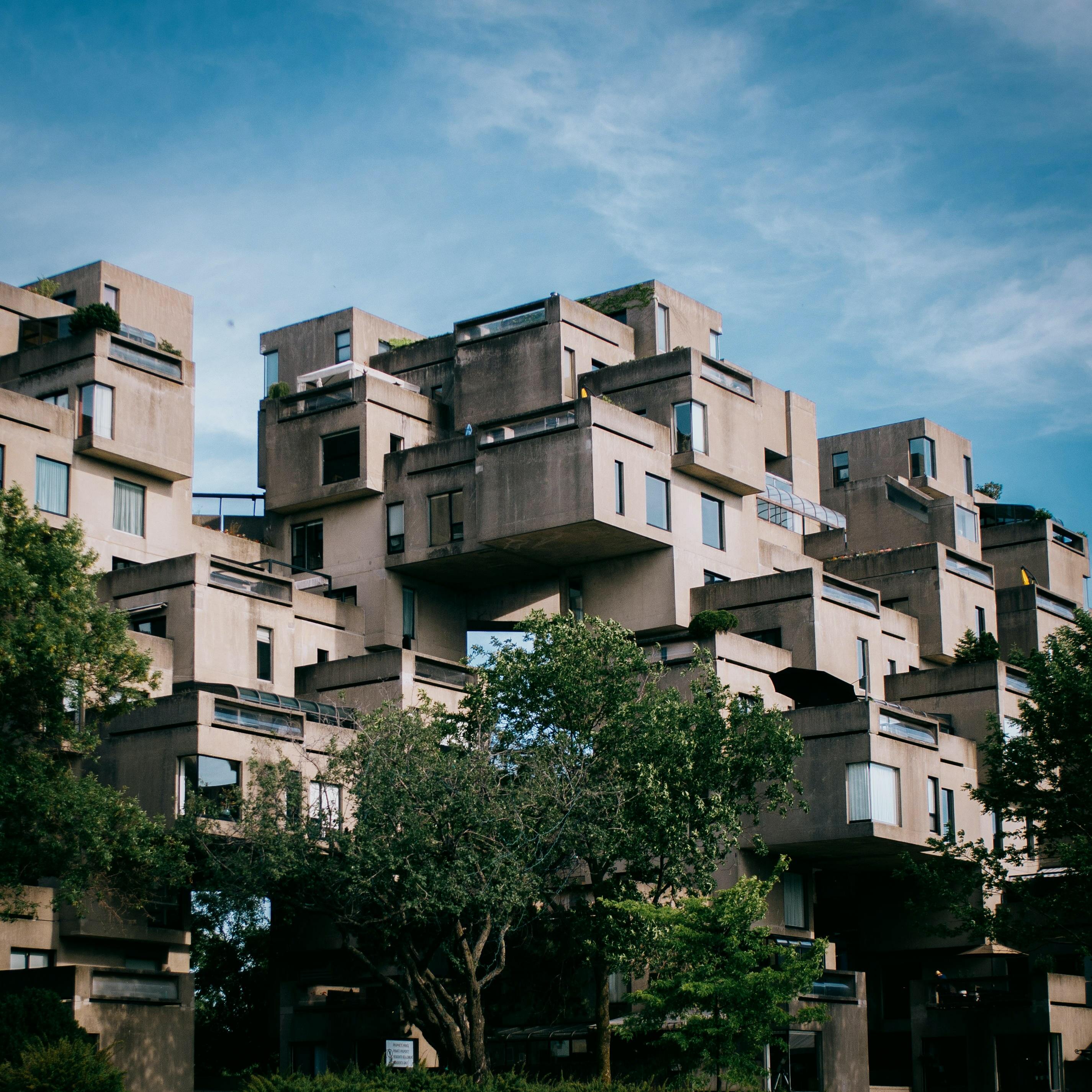What is brutalism in architecture?
Brutalism was a popular architectural style in between 1950-1970s, but it waned by the end of the decade owing to widespread criticism from architects and the general public. But, as they say, what’s old becomes new again. It is now dominating again, thanks to increasing attention and respect. Due to the size of its designs and the accessibility of inexpensive building materials, Brutalism became a popular architectural style.
Brutalist architecture, which is recognized for its use of reinforced concrete, steel, modular parts, and a utilitarian aesthetic, was typically utilized for institutional buildings before being accepted for significant residential structures.
History of Brutalism
The Swedish architect Hans Asplund developed the word “nybrutalism” in architecture, but it was popularized by the British architectural critic writer Reyner Banham in 1955. (the source is still debatable). Some argue that Swiss-French architect Le Corbusier’s love of concrete was the catalyst for the rise of Brutalism. After being halted by World War II, his first project in 10 years was the Unité d’Habitation in Marseilles, France. The design, completed in 1952 and intended for working-class housing, planned for a large reinforced concrete building outfitted with modular dwellings. The massive building, which could hold 1,600 people, was mostly devoid of aesthetic elements and lay the groundwork for subsequent Brutalist projects.
Brutalism in architecture extended throughout Europe, the Soviet Union, and the United States, but began to fade by the end of the 1970s.
Characteristics of Brutalism
- Blocky, heavy appearance
- Simple, graphic lines
- Lack of ornamentation
- Utilitarian feel
- Monochromatic palette
- Exteriors with bare exposed concrete (and occasionally brick)
- Modern materials such as steel, glass, stone, and gabions are used.
- Small windows
- Modular elements
• Rough, unfinished surfaces
Use of varied or contrasting textures and materials
• Massive forms
Creating a sense of mass, weight, and scale.
• Unusual shapes
Parts of the building can be differentiated for dramatic effect.
• Expression of structure
Creating a memorable and powerful image
International styles of brutalism
3 examples of international styles of brutalism are:
- Chinese brutalism
- Italian brutalism
- Spanish brutalism
Examples of Brutalism in architecture
- National library of the argentine republic, Buenos Aires, Argentina
- Habitat 67, Montreal, Canada
- Barbican Estate, London, England
- Geisel Library, California, USA
- Royal National Theatre, London, England











